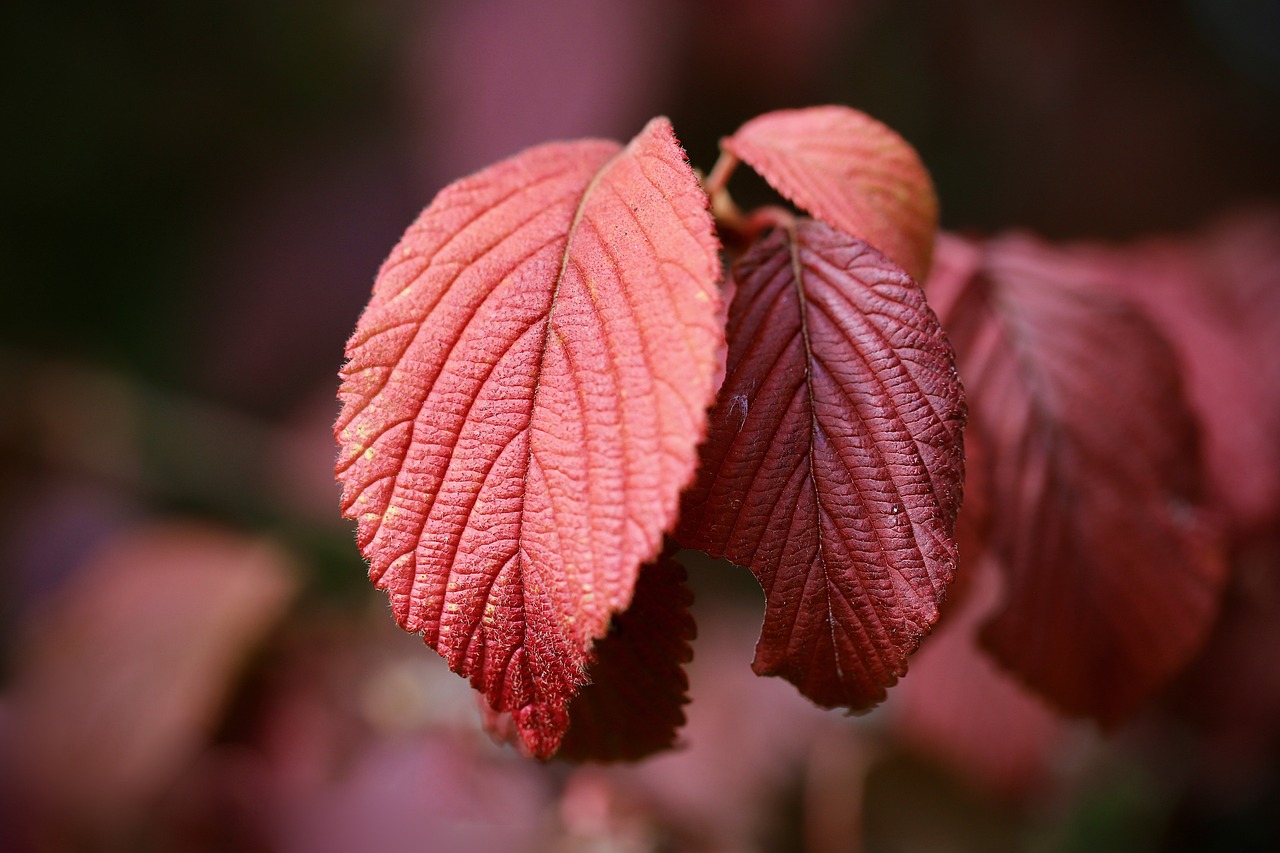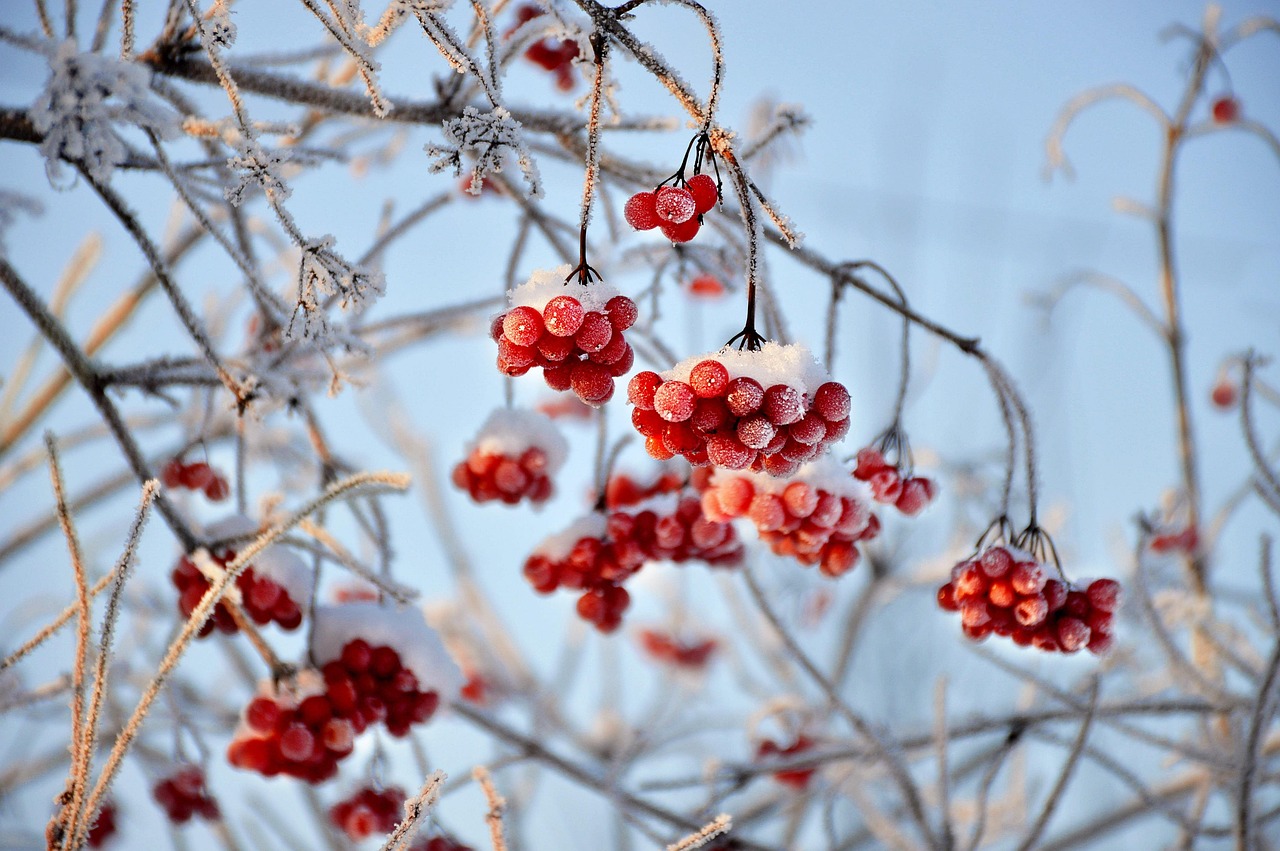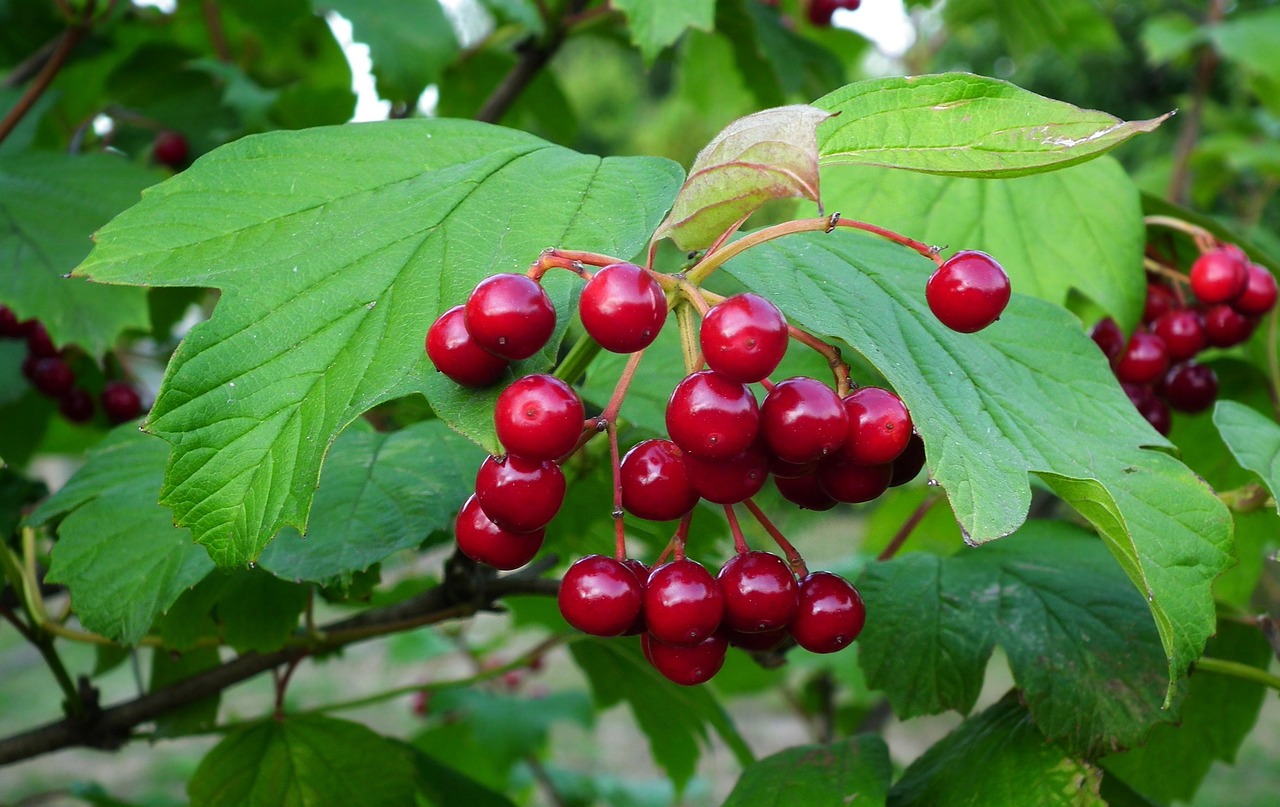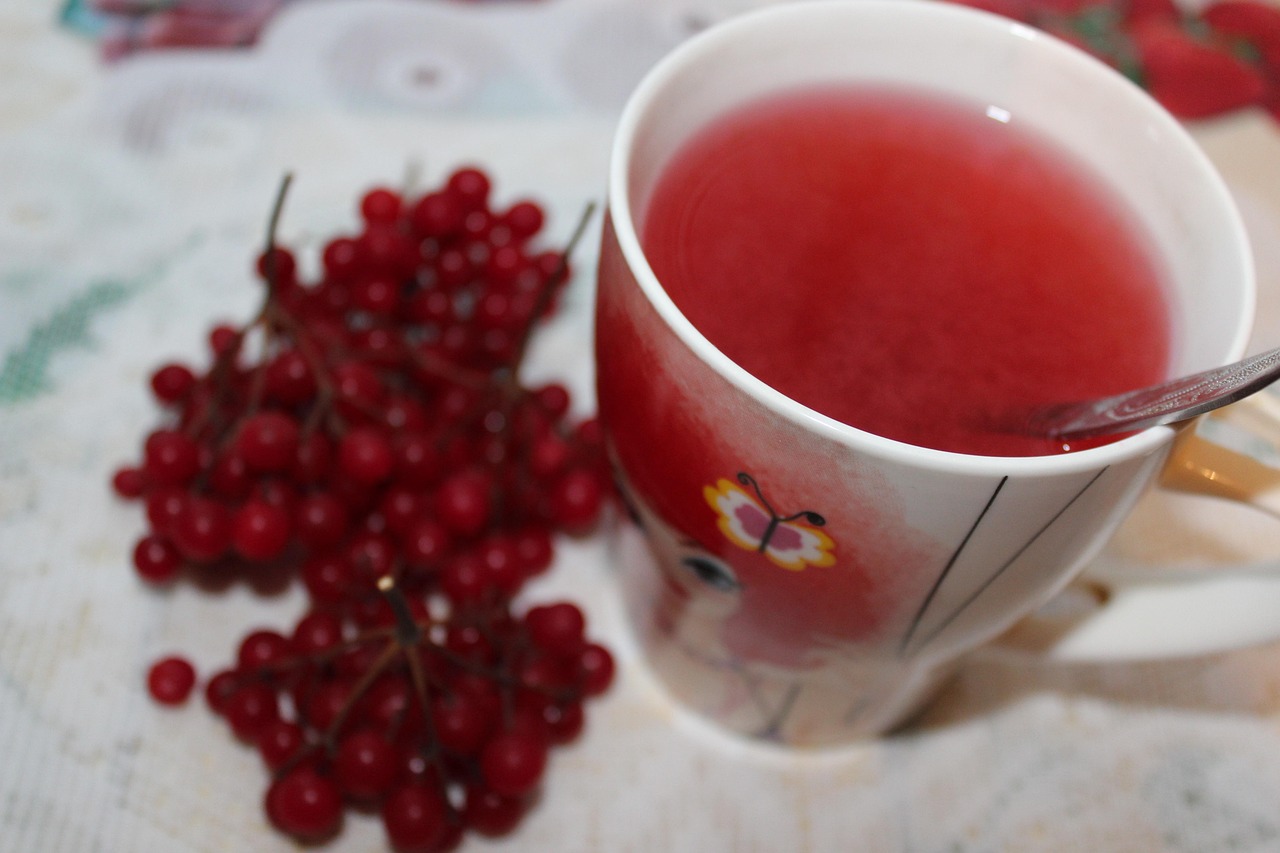Viburnum trees typically exhibit a moderate growth rate, averaging 1 to 2 feet per year. This makes them suitable for ornamental fruit production, as they can reach maturity within several years while providing beautiful blossoms and attractive fruit.
Viburnum is a diverse genus of flowering plants belonging to the Adoxaceae family. Known for their ornamental qualities, these trees and shrubs are popular in landscaping due to their beautiful flowers and colorful fruits. Viburnum species vary widely in size, shape, and growth habit, making them versatile options for gardeners and landscape designers. Their fruit can attract birds and other wildlife, enhancing the ecological value of gardens.

The growth rate of Viburnum trees is influenced by several factors, including species variety, environmental conditions, and care practices. Understanding these elements can help maximize their growth potential and fruit production. The most commonly cultivated Viburnum species for ornamental use include:
- Viburnum opulus (European Cranberrybush)
- Viburnum dentatum (Arrowwood)
- Viburnum trilobum (American Cranberrybush)
- Viburnum plicatum (Japanese Snowball Tree)
Factors Affecting Growth Rate
The growth rate of Viburnum trees can be affected by various environmental and care factors. Here are some key elements that influence the growth and ultimately the fruit production of these plants:
| Factor | Description |
|---|---|
| Soil Quality | Well-draining soil rich in organic matter promotes healthy root development. |
| Sunlight | Most Viburnum species prefer full sun to partial shade for optimal growth. |
| Watering | Regular watering is essential, especially during dry periods, but overwatering should be avoided. |
| Fertilization | Applying a balanced fertilizer can enhance growth rates and fruit production. |
| Pest Management | Controlling pests and diseases is crucial for maintaining plant health and vigor. |
When planted in optimal conditions, Viburnum trees can achieve their maximum growth potential. Factors such as soil type, light exposure, and consistent moisture levels play pivotal roles in their development. For example, Viburnum opulus tends to thrive in moist, well-drained soils, while Viburnum dentatum is more adaptable to a range of soil conditions.

In terms of sunlight requirements, most Viburnum species do well in full sun to partial shade. However, sufficient sunlight is vital for flowering and subsequent fruit set. A lack of sunlight may result in slower growth and reduced fruit yield. Therefore, planting these trees in adequately lit areas is essential for achieving their ornamental and productive goals.
Watering practices also significantly affect growth rates. Viburnums prefer evenly moist soil but are sensitive to waterlogged conditions. It is important to establish a watering routine that keeps the soil consistently moist without causing saturation. Mulching around the base can help retain moisture and suppress weeds while providing nutrients as it decomposes.
Growth Timeline for Viburnum Trees
The growth timeline for Viburnum trees can vary based on species and growing conditions. Generally, the following timeline outlines the expected growth phases:

- Year 1: Establishment Phase – Roots develop, and initial growth begins.
- Year 2-3: Early Growth Phase – Height increases by 1 to 2 feet annually with more foliage.
- Year 3-5: Maturation Phase – Trees begin to flower and produce fruit; growth rate may stabilize.
- Year 5+: Full Production – Trees reach full height with consistent flowering and fruiting.
Understanding this timeline aids in planning for maintenance activities such as pruning, fertilization, and pest management, which can enhance both the aesthetic qualities and fruit yield of Viburnum trees.
As gardeners observe their Viburnum trees grow, they can look forward to not only the beauty these plants add to their landscape but also the vibrant fruits that attract wildlife and contribute to biodiversity. Proper care and attention during their growth phases are essential for achieving successful ornamental fruit production.
Choosing the Right Viburnum Species
Selecting the appropriate Viburnum species is critical for successful ornamental fruit production. Different species exhibit unique characteristics, including growth habits, fruit types, and environmental preferences. Understanding these differences helps ensure that gardeners select trees that are well-suited for their specific conditions and desired aesthetic outcomes.
Popular Viburnum Species for Ornamental Use
Here are some of the most popular Viburnum species for ornamental planting:

- Viburnum opulus: Known as the European Cranberrybush, this species produces clusters of bright red berries. It thrives in moist soil and can grow up to 12 feet tall.
- Viburnum dentatum: Commonly referred to as Arrowwood, it features dense foliage and white flowers. The blue-black fruits can attract birds, and it reaches heights of 6 to 10 feet.
- Viburnum trilobum: The American Cranberrybush is valued for its stunning fall color and edible berries. It grows between 8 to 12 feet tall and prefers wet soils.
- Viburnum plicatum: Also known as the Japanese Snowball Tree, it has large, showy flower clusters and can reach heights of 8 to 10 feet. It typically produces ornamental fruit that is not edible.
Environmental Preferences
Each Viburnum species has specific environmental needs that influence its growth rate and fruit production:
| Species | Soil Preference | Light Requirements | Height |
|---|---|---|---|
| Viburnum opulus | Moist, well-drained | Full sun to partial shade | Up to 12 ft |
| Viburnum dentatum | Diverse soil types | Full sun to partial shade | 6-10 ft |
| Viburnum trilobum | Wet soils preferred | Full sun | 8-12 ft |
| Viburnum plicatum | Well-drained soil | Full sun to partial shade | 8-10 ft |
Selecting a species that matches the available soil and light conditions will enhance growth rates and fruit production. For example, if a gardener has a wet area in their landscape, choosing Viburnum trilobum would be an excellent choice due to its preference for moist soils.
Cultural Practices for Optimal Growth
To achieve optimal growth and fruit production, certain cultural practices should be followed. These practices include proper planting techniques, soil amendments, watering schedules, and pest management strategies.
Planting Techniques
The planting process is foundational to a Viburnum tree’s success. Here are key steps to follow:
- Select the Right Time: The best time to plant Viburnum trees is during the spring or fall when temperatures are milder.
- Prepare the Site: Choose a location with appropriate sunlight and space. Clear the area of weeds and debris.
- Soil Amendments: Improve soil quality by mixing in compost or well-rotted manure before planting.
- Digging the Hole: Create a hole twice as wide as the root ball but not deeper than the root ball itself.
- Watering After Planting: Water thoroughly after planting to help settle the soil around the roots.
Pest and Disease Management
Pest and disease issues can hinder growth rates and fruit production. Common pests that may affect Viburnum include:
- Aphids: Small insects that feed on plant sap, causing leaf curling.
- Spider Mites: Tiny pests that can lead to stippling on leaves.
- Scale Insects: These pests can weaken plants by sucking sap.
Regular monitoring and early intervention are essential for managing these pests. Use organic insecticidal soaps or neem oil as treatments. Additionally, maintaining plant health through proper watering and fertilization can reduce susceptibility to diseases such as powdery mildew.
Cultural practices play a significant role in ensuring that Viburnum trees reach their full growth potential. By understanding the specific needs of chosen species and implementing effective management strategies, gardeners can enjoy vibrant foliage and abundant fruit production from their Viburnum trees.
Pruning for Health and Production
Pruning is an essential practice for maintaining the health and productivity of Viburnum trees. Proper pruning encourages strong growth, enhances fruit production, and improves air circulation within the canopy. Understanding the right techniques and timing for pruning can lead to better results in both aesthetics and yield.
Benefits of Pruning
The benefits of pruning Viburnum trees include:
- Improved Air Circulation: Pruning removes excess growth, allowing air to circulate through the branches. This helps reduce the risk of fungal diseases.
- Enhanced Light Penetration: By thinning out dense foliage, more light reaches the inner branches, which can improve flowering and fruiting.
- Encouraging New Growth: Regular pruning stimulates the growth of new shoots, which are often more productive.
- Aesthetic Control: Pruning helps shape the tree, maintaining a desirable form and size for landscaping purposes.
When to Prune
The timing of pruning is crucial to its effectiveness. The best time to prune Viburnum trees generally depends on the species and desired outcome:
- Late Winter to Early Spring: Most Viburnum species benefit from pruning during this period before new growth begins. This timing helps minimize sap loss and encourages vigorous spring growth.
- After Flowering: For species that flower on old wood, such as Viburnum opulus, prune immediately after flowering to avoid cutting off next year’s blooms.
- Summer Pruning: Light trimming can be done in summer to manage growth and shape without removing too much foliage.
Pruning Techniques
Employing the right techniques when pruning Viburnum trees can yield better results. Here are some recommended methods:
- Thinning Cuts: Remove entire branches at their point of origin to improve air circulation without leaving stubs.
- Heading Cuts: Cut back the tips of branches to promote bushier growth. This technique is effective for shaping the tree.
- Cleaning: Remove dead, diseased, or damaged wood throughout the growing season to maintain plant health.
Fertilization for Optimal Growth
Fertilization is another critical cultural practice that influences the growth rate and fruit production of Viburnum trees. Proper fertilization provides essential nutrients that support overall plant health.
Nutrient Requirements
Viburnum trees require a balanced supply of nutrients, including nitrogen (N), phosphorus (P), and potassium (K). These nutrients contribute to various aspects of plant growth:
| Nutrient | Function | Source |
|---|---|---|
| Nitrogen (N) | Promotes leaf and stem growth. | Organic fertilizers, compost |
| Phosphorus (P) | Supports root development and flowering. | Bone meal, rock phosphate |
| Potassium (K) | Aids in overall plant health and fruit quality. | Potassium sulfate, greensand |
Fertilization Schedule
A recommended fertilization schedule for Viburnum trees is as follows:
- Early Spring: Apply a balanced fertilizer as new growth begins. This helps stimulate foliage development.
- Mid-Summer: A second application can support fruit development and overall plant vigor.
- Fall (Optional): A light application of organic compost can help improve soil quality and provide nutrients before dormancy.
Caution should be taken not to over-fertilize, as this can lead to excessive foliage growth at the expense of flower and fruit production. Conducting a soil test can help determine specific nutrient needs.
Irrigation Practices for Healthy Growth
Irrigation is vital for ensuring that Viburnum trees receive adequate moisture, especially during dry spells. The right watering practices help promote healthy root development and influence overall growth rates.
Watering Guidelines
The following guidelines can help ensure effective irrigation for Viburnum trees:
- Frequency: Water deeply once a week during dry periods, allowing the soil to dry slightly between watering sessions.
- Avoid Overwatering: Ensure that the soil drains well, as prolonged saturation can lead to root rot.
- Drought Tolerance: Established Viburnum trees can tolerate short periods of drought but will perform best with consistent moisture.
By adhering to proper pruning, fertilization, and irrigation practices, gardeners can create an ideal environment for their Viburnum trees. These cultural techniques play a significant role in enhancing growth rates and maximizing ornamental fruit production.
Potential Challenges and Solutions
While cultivating Viburnum trees for ornamental fruit production can be rewarding, gardeners may encounter several challenges that could affect growth rates and fruit yield. It is essential to be aware of these potential issues and implement solutions to mitigate them.
Common Challenges
Some of the most common challenges faced by Viburnum growers include:
- Pest Infestation: As previously mentioned, pests like aphids and spider mites can damage leaves and hinder growth. Regular monitoring and early intervention are key to managing these pests effectively.
- Disease Issues: Fungal diseases such as powdery mildew can occur, especially in humid conditions. Ensuring good air circulation and applying fungicides when necessary can help control these problems.
- Nutrient Deficiencies: Poor soil quality can lead to nutrient deficiencies, resulting in stunted growth and poor fruit production. Conducting soil tests can help identify specific nutrient needs.
- Environmental Stress: Extreme weather conditions, such as drought or flooding, can adversely affect Viburnum growth. Implementing proper irrigation techniques and soil amendments can help plants withstand these stresses.
Effective Solutions
To address these challenges, gardeners can consider the following solutions:
- Integrated Pest Management: Utilize a combination of biological controls, cultural practices, and chemical treatments to manage pest populations sustainably.
- Regular Monitoring: Keep a close eye on plant health, looking for signs of disease or pest issues, and take action promptly.
- Soil Improvement: Regularly amend soil with organic matter to improve fertility and structure, facilitating better nutrient uptake.
- Proper Water Management: Use mulch to retain soil moisture and reduce competition from weeds while preventing root rot by ensuring adequate drainage.
Harvesting and Enjoying Viburnum Fruits
Once Viburnum trees reach maturity and begin producing fruit, harvesting becomes an enjoyable aspect of cultivation. The fruits not only enhance the landscape but also provide food for local wildlife.
Fruit Characteristics
The fruits of different Viburnum species vary in appearance, taste, and culinary uses. Here are some characteristics of common Viburnum fruits:
- Viburnum opulus: The bright red berries are tart and often used in jams and jellies.
- Viburnum dentatum: The blue-black berries are edible but have a slightly bitter taste; they attract birds.
- Viburnum trilobum: The cranberry-like fruits are tangy and can be used in sauces or preserves.
When harvesting Viburnum fruits, it is important to wait until they are fully ripe for the best flavor. Typically, this occurs in late summer to early fall, depending on the species and local climate conditions. Fruits can be harvested directly from the branches or collected from the ground after they fall.
Final Thoughts
In summary, Viburnum trees offer a wonderful opportunity for ornamental fruit production with their attractive flowers and colorful fruits. By understanding the growth rates of various species, selecting the right conditions for planting, and implementing effective cultural practices such as pruning, fertilization, and irrigation, gardeners can foster healthy tree development. Being aware of potential challenges and their solutions further enhances the chances of success in cultivating these beautiful plants.
The versatility of Viburnum species makes them suitable for various landscape designs while also providing ecological benefits by attracting wildlife. With proper care and attention, gardeners will not only enjoy the aesthetic appeal of their Viburnum trees but also the delightful fruits they produce, contributing to both personal enjoyment and biodiversity in their gardens.
As interest in sustainable gardening practices continues to grow, Viburnum trees serve as a valuable asset for anyone looking to create a vibrant, productive landscape. Their moderate growth rates combined with their ornamental qualities make them an excellent choice for both novice and experienced gardeners alike.
